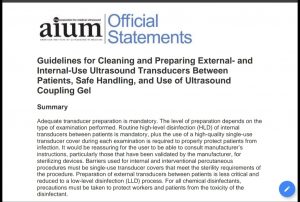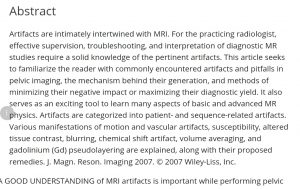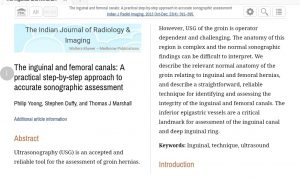Sharing an article published by Dr Binoj Varghese, et al; that was awarded the BEST RESEARCH PAPER published in IJRI 2018, at the National IRIA conference at Chandigarh 2019
1. Indian J Radiol Imaging. 2016 Jul-Sep;26(3):316-327. Magnetic resonance imaging spectrum of perinatal hypoxic-ischemic brain injury. Varghese B, Xavier R, Manoj VC, Aneesh MK, Priya PS, Kumar A, Sreenivasan VK.
Erratum in Indian J Radiol Imaging. 2016 Oct-Dec;26(4):530.
Perinatal hypoxic-ischemic brain injury results in neonatal hypoxic-ischemic encephalopathy and serious long-term neurodevelopmental sequelae. Magnetic resonance imaging (MRI) of the brain is an ideal and safe imaging modality for suspected hypoxic-ischemic injury. The pattern of injury depends on brain maturity at the time of insult, severity of hypotension, and duration of insult. Time of imaging after the insult influences the imaging findings. Mild to moderate hypoperfusion results in germinal matrix hemorrhages and periventricular leukomalacia in preterm neonates and parasagittal watershed territory infarcts in full-term neonates. Severe insult preferentially damages the deep gray matter in both term and preterm infants. However, associated frequent perirolandic injury is seen in term neonates. MRI is useful in establishing the clinical diagnosis, assessing the severity of injury, and thereby prognosticating the outcome. Familiarity with imaging spectrum and insight into factors affecting the injury will enlighten the radiologist to provide an appropriate diagnosis.
DOI: 10.4103/0971-3026.190421 PMCID: PMC5036328 PMID: 27857456
Read complete article:



